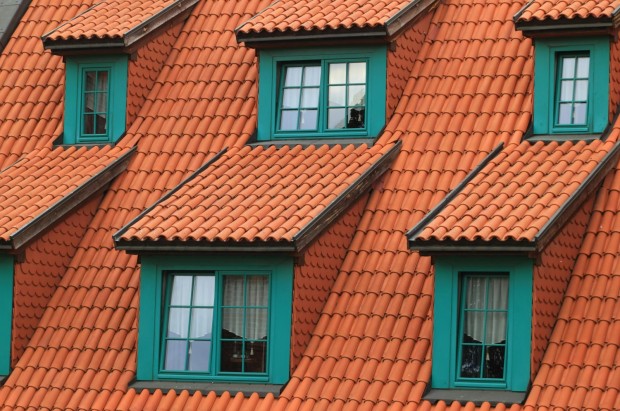When building your dream house, selecting a suitable roofing material is crucial for aesthetics and durability. Thus, considering climate, budget, and architectural style will help you decide on your home's roof.

(Photo : Pexels/Pixabay)
1. Wood Roofing
Homeowners interested in giving their homes a more traditional and rustic appearance frequently choose to have their roofs made of wood. However, fire hazards have led to a drop in the popularity of timber roofs despite some people finding them an energy-efficient solution. Moreover, regular maintenance is required to safeguard against deformation, insects, and fungi and to apply fire retardants and preservatives for extended durability. As long as they are properly maintained, wood roofs typically endure between 20 and 25 years.
2. Rubber Roofing
Roofs made of rubber are available in rolls or shingles, and they are simple to place on top of the roof of a house. Most of the materials that make up these items are recycled, typically dark or black. Installing rubber shingles on your roof will give you a look comparable to an asphalt shingle roof. Nevertheless, you will provide old tires and other rubber items that would otherwise be discarded a second chance at life. Regarding durability, rubber roofing available in rolls is comparable to shingles but is more expensive. Many homeowners choose to go with a rubber roof because, fortunately, it requires less care. Rubber roofs can endure anywhere from 15 to 25 years if correctly maintained.
3. Asphalt Composite Shingles
In North America, asphalt composite shingles are the most popular roofing material. These three-tab shingles are an excellent option for most residential roofing requirements since they are constructed from a fiberglass foundation topped with asphalt and mineral granules or cellulose coated with asphalt. Aside from being relatively lightweight, fiberglass asphalt shingles are a reasonably durable roofing material. On the other hand, despite their weight, organic asphalt shingles are incredibly long-lasting. The roof may have a lifespan of 12 to 30 years, depending upon the conditions and the grade of the shingles.
Also Read: Wind Farms Achieve Carbon Neutrality in Just Less Than 2 Years After Construction
4. Built-Up Roofing (BUR)
Built-up roofing (BUR) is among the earliest materials for low-slope or flat roofs. BUR systems involve fabricating multiple layers of roofing felt that are impregnated with asphalt and heated. If constructed correctly, a BUR roof can survive for 20 to 30 years.
5. Metal Shingles/Shakes
Shingles or shakes made of steel or aluminum are now available for homeowners who do not like the appearance of standing seam metal roofs but still want the benefits of metal roofing. Metal shingles, which are constructed from stamped metal and coated with mineral granules or a superior baked-on coating, can be designed to resemble conventional asphalt shingles, timber shakes, slate, or clay tiles. Accordingly, they are an outstanding option when aesthetics are of the utmost importance.
6. Clay Tile
Tile composed of clay is created by shaping earthy clays into rolled or interlocking shapes and then firing them to make them more durable. With its distinctive reddish-orange hue, it is frequently left unglazed; alternatively, it can be glazed and fired to produce ceramic roofing tiles. Using clay tile as a roofing material is particularly advantageous in places that experience high temperatures or have a presence of salt air. This is why clay tile roofs are relatively common in desert and southern coastal regions.
Related Article: 8 Things To Consider When Hiring A Contractor For Your Home Remodeling







